A PDF, integrated over its domain, must equal one. In other words, the area under a probability density function's curve must equal one.
In [36]: import scipy.integrate as integrate
In [40]: y, err = integrate.quad(lambda x: 0.5*x**(-0.5), 0, 1)
In [41]: y
Out[41]: 0.9999999999999998 # The integral is close to 1
The powerlaw density function has a domain from 0 <= x <= 1. On this domain, the integral of x**b is finite for any b > -1. When b is smaller, x**b blows up too rapidly near x = 0. So it is not a valid probability density function when b <= -1.
In [38]: integrate.quad(lambda x: x**(-1), 0, 1)
UserWarning: The maximum number of subdivisions (50) has been achieved...
# The integral blows up
Thus for x**(a-1), a must satisfy a-1 > -1 or equivalently, a > 0.
The first constant a in a * x**(a-1) is the normalizing constant which makes the integral of a * x**(a-1) over the domain [0,1] equal to 1. So you don't get to choose this constant independent of a.
Now if you change the domain to be a measurable distance away from 0, then yes, you could define a PDF of the form C * x**a for negative a. But you'd have to state what domain you want, and I don't think there is (yet) a PDF available in scipy.stats for this.
